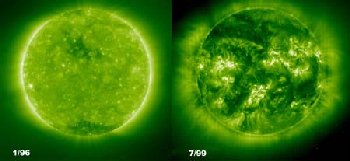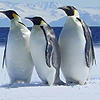This image shows the dramatic difference between solar minimum and solar maximum. The picture on the left was taken in January 1996, near solar minimum. The picture on the right was taken in 1999 when the Sun was nearing solar maximum. The Sun certainly looks more active! These images were taken by the SOHO spacecraft.
Click on image for full size
Courtesy of NASA/ESA
Ulysses Heads South for Solar Maximum
News story originally written on January 4, 2001
Some birds and some people head south for the winter. Well,
the Ulysses space probe has headed to the south pole of
the Sun! Bet, it's warmer there!
The Ulysses probe reached the south pole on November 27, 2000. This is actually Ulysses's second trip around the southern side of the Sun. Its first trip was in 1994 when the Sun was at solar minimum. The Sun has an 11-year solar cycle. So, in 11 years, the Sun goes from a maximum to a minimum back to a maximum. When the Sun is at a minimum, it is fairly quiet there. There are few flares or coronal mass ejections. When the Sun is at a maximum, things are active! The Sun spits out much more material that can affect satellites in space and life on Earth!
So, things could be quite different on this pass as the Sun is nearing solar maximum. There are many spacecraft and ground-based telescopes watching the Sun now, making this the most watched solar maximum in history. There's no telling what scientists will learn about the Sun, space weather and its effects on Earth!
Although Ulysses was launched in 1990, its mission is far from over. Ulysses will return to the north pole of the Sun in October 2001.
You might also be interested in:
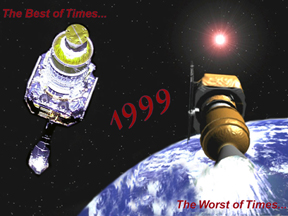
It was another exciting and frustrating year for the space science program. It seemed that every step forward led to one backwards. Either way, NASA led the way to a great century of discovery. Unfortunately,
...more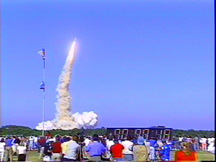
The Space Shuttle Discovery lifted off from Kennedy Space Center on October 29th at 2:19 p.m. EST. The weather was great as Discovery took 8 1/2 minutes to reach orbit. This was the United States' 123rd
...more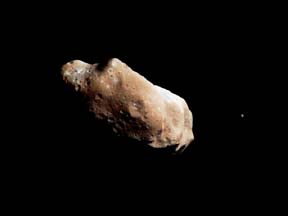
A moon was discovered orbiting the asteroid, Eugenia. This is only the second time in history that a satellite has been seen circling an asteroid. A special mirror allowed scientists to find the moon
...more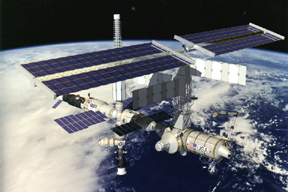
Will Russia ever put the service module for the International Space Station in space? NASA officials want an answer from the Russian government. The necessary service module is currently waiting to be
...more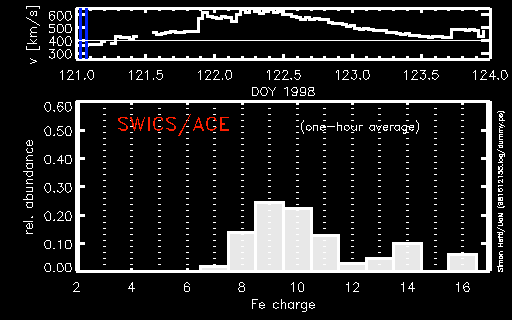
A coronal mass ejection (CME) happened on the Sun early last month. The material that was thrown out from this explosion passed the ACE spacecraft. The SWICS instrument on ACE has produced a new and very
...more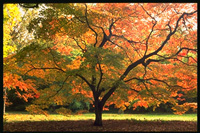
J.S. Maini of the Canadian Forest Service called forests the "heart and lungs of the world." This is because forests filter air and water pollution, absorb carbon dioxide, release oxygen, and maintain
...more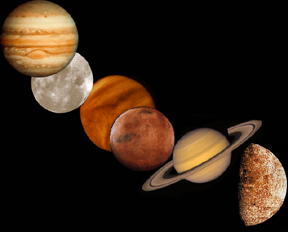
In late April through mid-May 2002, all five naked-eye planets are visible at the same time in the night sky! This is includes Mercury which is generally very hard to see. You won't want to miss this!
...more


